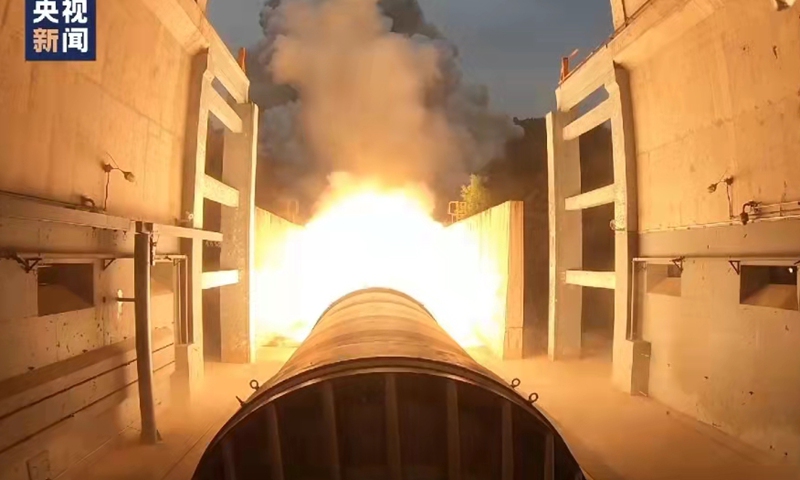https://youtu.be/n8dEweHrgb8
China makes strides in biodiversity conservation
https://youtu.be/gb9vAM0xokE
China releases white paper on biodiversity conservation
https://youtu.be/kAizYAlUQLg

Green effort: The scenery at a wetland restoration project on the edge of dianchi Lake in Kunming, yunnan province.— Reuters
BEIJING: china has made remarkable achievements in its biodiversity conservation and has made efforts to share its ideas and experiences to support other developing countries, said Qin Tianbao, an environmental law professor.
Qin, director of the Research institute of environmental Law at Wuhan University in Hubei province, said the country has achieved economic growth while protecting its environment.
“china avoids the pattern of treatment after pollution and can provide its solution to the world, especially to developing countries who are faced with the dilemma of balancing their economies and environments,” he said during the 15th meeting of the conference of the Parties to the convention on Biological Diversity, or COP 15, held in Kunming, capital of Yunnan province, from yesterday through Friday.
In terms of biodiversity, china will contribute both ideas and funds to other nations.
President Xi Jinping reiterated the concept of ecological civilisation that features the harmonious coexistence of man and nature in a keynote speech at the Leaders’ Summit of the meeting via video link from Beijing on Tuesday.
Qin said: “This concept offers the world a vital idea that addresses problems caused by industrialisation.”
Xi announced china’s plan to set up a Kunming Biodiversity Fund to support biodiversity protection in developing countries.
china is taking the lead by investing 1.5 billion yuan (Rm972mil) and is calling for contributions from other nations, Xi said.
Qin said: “The fund and china’s large amount of investment demonstrate the country’s determination to be responsible for connecting different countries to curb the trend of biodiversity loss.”
He added that the fund will “lay a solid foundation for global cooperation in biodiversity conservation”.
A white paper on biodiversity conservation released on Oct 8 said that china has established about 10,000 nature reserves, accounting for about 18% of its land area.
He said biodiversity affects our daily lives in terms of food, clothing, transportation and housing.
“For example, no one likes to stay somewhere with only cement buildings,” he added. “We all enjoy colourful sceneries formed by various plants and animals.”
Qin said it’s important to predict risks and prepare for them before it’s too late, so pragmatic goals are needed for biodiversity conservation.
“extreme weather brought on by climate change often happens suddenly, while the loss of biodiversity is a slow change that people don’t pay too much attention to,” he said.
At COP 15, china announced that new environmental protection goals should be both ambitious and pragmatic, and a balance needs to be struck between the two. — china Daily/ANN
Related

Revival of rare species reflects China’s biodiversity conservation
Revival of rare species reflects China’s biodiversity conservation
are familiar to people around the world. However, there are still many stories of rare wildlife species...
2021/10/18 Source: Global Times | Author: GT staff reporters | Column: COP15
Related post
Moral vacuum at the heart of modernity






 Chinese Foreign Ministry spokesperson Zhao Lijian
Chinese Foreign Ministry spokesperson Zhao Lijian

 Shenzhou-13 crew
Shenzhou-13 crew





